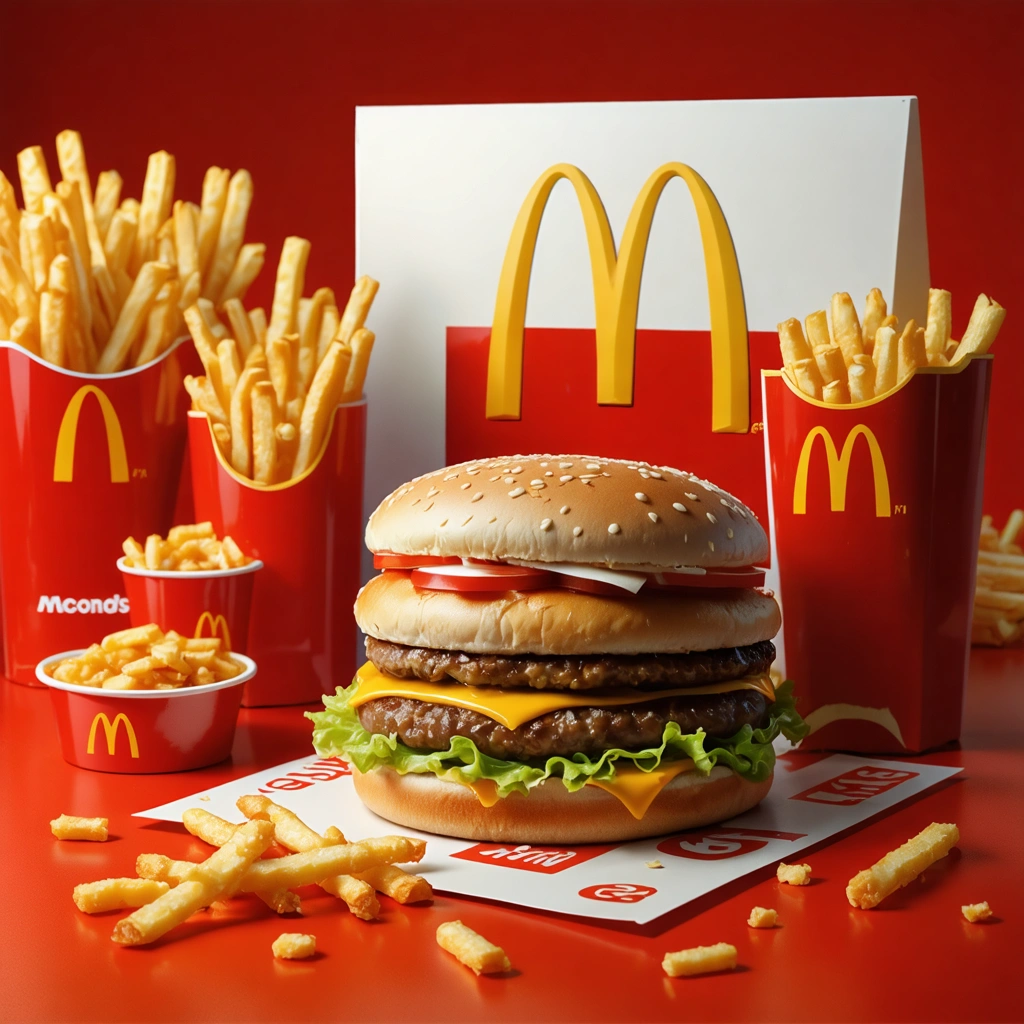
Introduction: Navigating the Crossroads of Tradition and Change
In the ever-evolving world of fast food and global business, few names resonate as strongly as McDonald’s. For over 50 years, the golden arches have symbolized consistency, rapid innovation, and a deep commitment to serving a diverse clientele. However, recent changes—most notably at a McDonald’s location in Franklin, TN—have underscored a bittersweet evolution. The transformation of the traditional “Play Place” delivers both a nostalgic farewell and a strategic pivot aimed at aligning with contemporary consumer demands and societal trends.
Historical Perspective: The Legacy of the Play Place
Origins and Cultural Impact
For decades, McDonald’s Play Place stood as an emblem of childhood joy and unrestricted creativity. It was more than just an area designated for play; it was a carefully curated space where families gathered, and children forged memorable experiences. This legacy, enriched with tradition and community spirit, helped cement McDonald’s as a family-friendly brand in the minds of millions.
Evolution Over Time
The shift in consumer behavior coupled with broader changes in societal values necessitated a reimagination of these spaces. As businesses around the globe are compelled to adapt, McDonald’s has reevaluated the traditional “Play Place” model. The recent changes in Franklin, TN, while described by some critics as “depressing,” underline a commitment to evolve in the face of modern challenges. Key transformation drivers include:
- Changing consumer expectations
- Increased focus on safety and accessibility
- Digital integration in marketing and customer experience
- Emphasis on operational efficiency and sustainable practices
Strategic Analysis: Business Implications of the Change
Market Adaptation and Consumer Behavior
The modern consumer increasingly values experiences that blend convenience with innovation. McDonald’s is strategically repositioning its assets to cater to urban lifestyles, where digital engagement is as crucial as in-person interactions. The revamped Play Place in Franklin, TN illustrates this trend by promoting a design that is more reflective of a community hub than a mere children’s playground. A few critical aspects include:
- Redefinition of Spaces: Incorporating technology and interactive elements that cater to both young audiences and digitally inclined families.
- Operational Efficiency: The modified design offers improved crowd management and streamlined cleaning processes, aligning with post-pandemic hygiene protocols.
- Consumer Insights: Data-driven modifications that balance nostalgic appeal with modern aesthetics, ensuring that no demographic is alienated.
Economic and Financial Considerations
From an economic perspective, such modifications reflect the broader business imperative to adapt old models to new market realities. Strategic investments in attribute enhancements, coupled with technology upgrades, aim to drive both foot traffic and overall consumer satisfaction. The following table summarizes the key financial impacts:
| Aspect | Impact | Strategic Benefit |
|---|---|---|
| Space Reallocation | Optimized utility | Improved customer experience |
| Technological Upgrades | Enhanced engagement | Stronger brand loyalty |
| Health & Safety | Increased trust | Compliance and reassurance |
Brand Legacy and Future Outlook
Balancing Nostalgia with Progress
The bittersweet tone of this change lies in the delicate balance between preserving a storied tradition and embracing forward-thinking business practices. While some community members in Franklin, TN express regret over the loss of a cherished play environment, industry analysts underscore that such adjustments are natural and necessary. McDonald’s is leveraging its long-standing legacy to pivot into a future where efficiency, sustainability, and customer personalization stand paramount. The business case highlights:
- Cultural Relevance: Evolving the customer experience to remain relevant in a digital and socially conscious market.
- Risk Management: Proactively addressing market uncertainty by modernizing physical spaces and operational protocols.
- Innovation: Integrating modern technology to foster enhanced engagement both online and offline.
Community Engagement and Corporate Responsibility
Corporate responsibility remains a cornerstone of McDonald’s change strategy. The initiative to modify play areas is also seen as a commitment to creating safer, more inclusive, and environmentally sustainable community spaces. Recent initiatives include partnerships with local organizations to promote active lifestyles and community wellness programs.
Conclusion: A Forward-Looking Business Strategy
McDonald’s recent actions in Franklin, TN serve as a microcosm of broader shifts occurring within global business practices. The move away from a traditionally nostalgic setting towards a modern, adaptable model encapsulates the firm’s recognition of a rapidly changing market environment. While the departure from the old “Play Place” evokes memories and associated sentiments, it simultaneously signals a strategic reorientation that prioritizes consumer safety, digital integration, and long-term sustainability.
In summary, McDonald’s transformation is not merely about updating a physical space—it is about rethinking business fundamentals to remain competitive in today’s dynamic environment. As the company continues to innovate, the lessons drawn from these changes offer valuable insights into how legacy brands can successfully navigate the balance between tradition and progress, ensuring their relevance in the modern marketplace.


